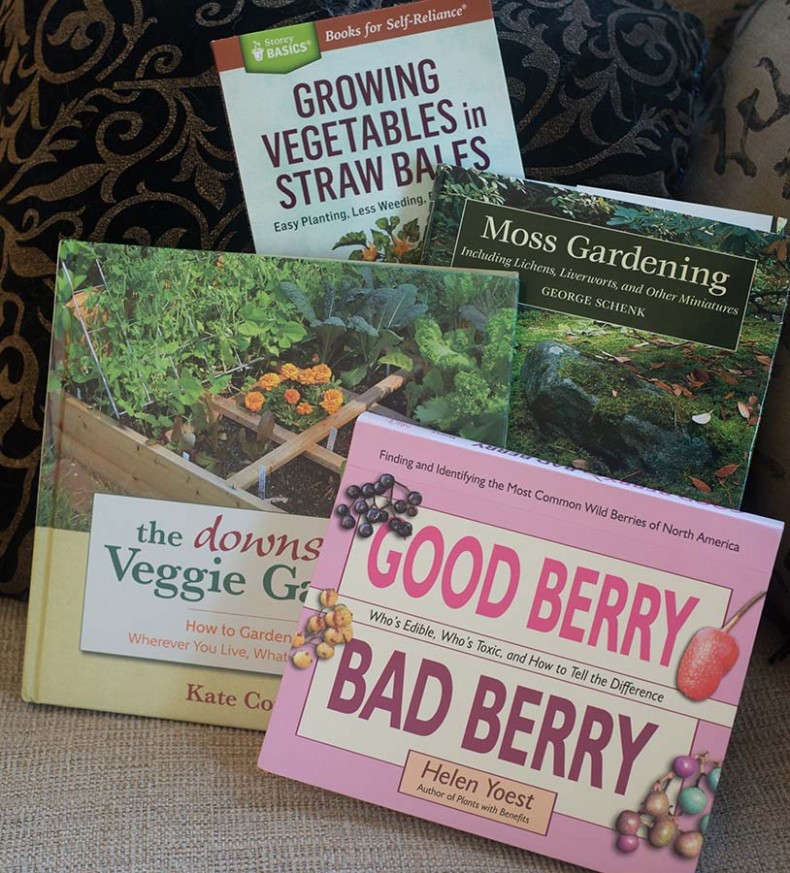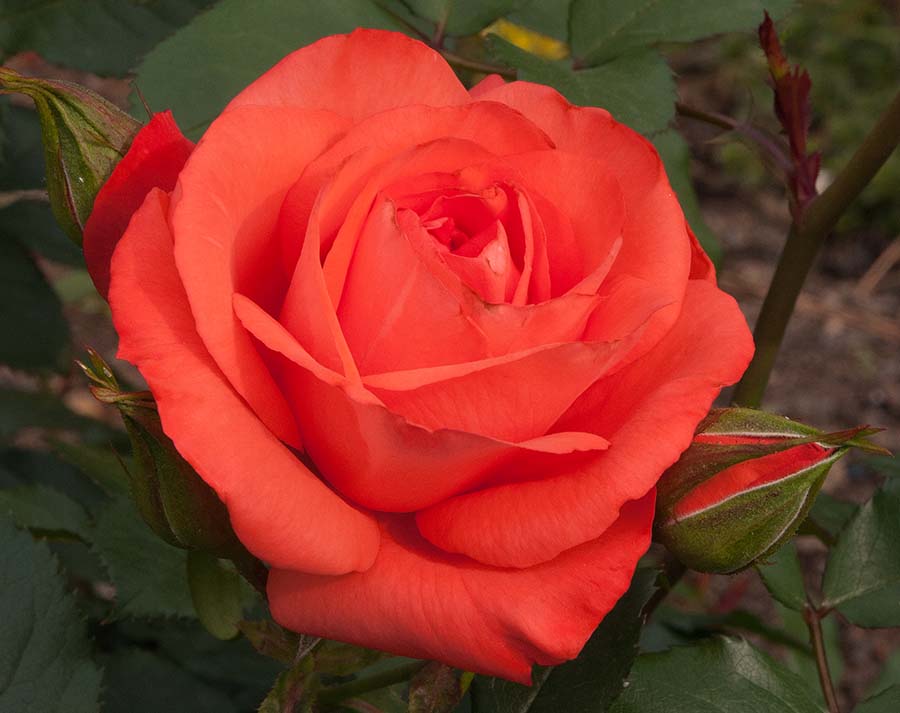New Books for Your Reading Pleasure
Plus Garden To-Do's for June and July
By L.A. JacksonWith ornamental and edible plants well on their way to summer maturity, maybe it’s time to take a break, sit back and enjoy a good garden book. If you are so inclined —and reclined— here are some of the best new reads that have landed on my desk this season:
Growing Vegetables in Straw Bales
by Craig LeHoullier (Storey Publishing),
96 pages, $8.96 paperback
This small but informative book fine-tunes the fun and functions of straw bale gardening, which is popular with gardeners who have limited growing spaces. Setup basics, plant suggestions, growing tips and even what to do with the bales at the end of the growing season are all covered by LeHoullier, a resident of Raleigh.
Good Berry Bad Berry
by Helen Yoest (St. Lynn’s Press),
100 pages, $18.95 paperback
Presented in a flip chart format, this “berry” interesting book features many fruit-producing plants commonly found in the North American wilds, and why they are good — or bad — for gardeners and their cultivated gardens. Yoest, another Raleigh author, provides the quick yet concise skinny on 40 different plants, making her latest work a solid resource for growers looking for the best in berries.
The Downsized Veggie Garden
by Kate Copsey (St. Lynn’s Press),
176 pages, $19.95 hardback
Small is the new big for gardeners determined to grow plants in limited spaces, and Copsey’s new book is a well-written reference that shows how to get a lot of results out of little land. The potentials of raised beds, containers, window sills, balconies and porches are all discussed, along with extensive coverage on the many vegetables suitable for minute gardens and information on space-saving fruits and herbs.
Moss Gardening
by George Schenk (Timber Press),
261 pages, $34.95 hardback
For those gardeners who see moss not as the result of a failure in landscape maintenance but rather as a distinctive, delicate addition that can infuse its special botanical magic to a garden scheme, here is your guide. Schenk’s attention to details in establishing a moss garden make trying such a venture very tempting, but the gorgeous images spread throughout this book will create a pretty strong tug, too!
Garden To Do’s
June
- Finding weird, swollen, misshaped leaves on your azaleas and camellias? The disorder called leaf gall has come to roost. The easiest way to deal with this foliar ugliness is to simply pick off these deformed leaves and toss them in the trash.
- For gardeners who insist on using Japanese beetle traps, remember: they tend to attract more of these bad bugs than would normally be in the area, so place them far, far away from plants such as roses, hollyhocks, rose-of-sharon, flowering crabapples and cannas that tend to be these pests’ favorite meals.
- Continuous blooming plants such as alyssum, impatiens, ageratum, salvia, cleome, scabiosa, lobelia and vinca require little deadheading, meaning less snipping and more time to enjoy their flower shows!
July
- Now is not too soon to start planning for Halloween—pumpkin seeds started outdoors at the beginning of July should mature into plump jack-o-lanterns just in time for the season of goblins and ghosts.
- Harvest okra, cucumbers, squash, beans and indeterminate tomatoes once or twice a week—the more they are picked, the more they are stimulated to produce additional veggies well into the summer.
- Keep tomato plants well mulched, and water them when the rains don’t come. This will not only maintain a steady production of tasty ’maters, but it will also help prevent blossom end rot, a common disorder that turns the bottoms of the fruits dark brown and yucky.
- Continue filling the bird bath with fresh water at least once a week, but also think about giving this refreshment stand for your feathery friends a good cleaning every month.
-
Share this story:





Comments (2)
dennis & donna pattrson |
June 03, 2016 |
reply
L.A. Jackson |
June 03, 2016 |
reply